Historic Figures
-
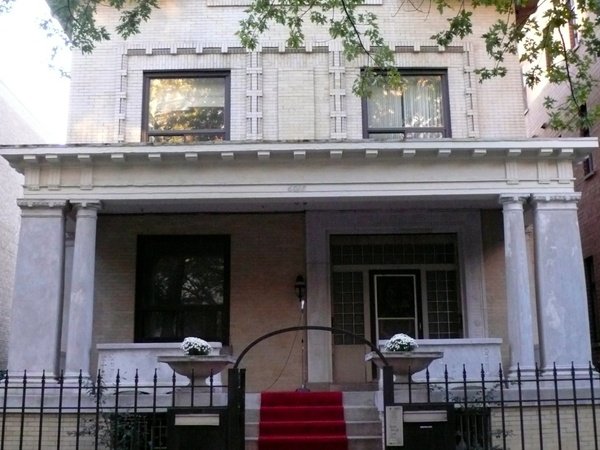
Arthur F. Woltersdorf, Architect
6018North
Arthur F. Woltersdorf was born in Chicago in 1870 and began his architectural training in the offices of Bauer & Hill and Burnham & Root. At the age of 24 he formed, with Henry W. Hill, the architectural firm of Hill & Woltersdorf. The firm would go on to design a number of important residences and commercial office buildings—including the Kodak Company Building, Tree Studios, and Saint Paul’s German Evangelical Lutheran Church.
-

Max Eberhardt, Original Owner
6018North
Born in Bavaria, Germany, Max Eberhardt (1843–1912) was a justice of the peace and an associate judge for the Municipal Court of Chicago for over 40 years. Highly regarded as a public-spirited citizen, Eberhardt was a philanthropist, lecturer, member of many clubs and literary societies, and even a talented poet—a book of his German poems, “Gedichte,” was published in 1902. Eberhardt died inside his new residence at 6018 North Kenmore Avenue. Perhaps he is among the house’s ghosts?
-
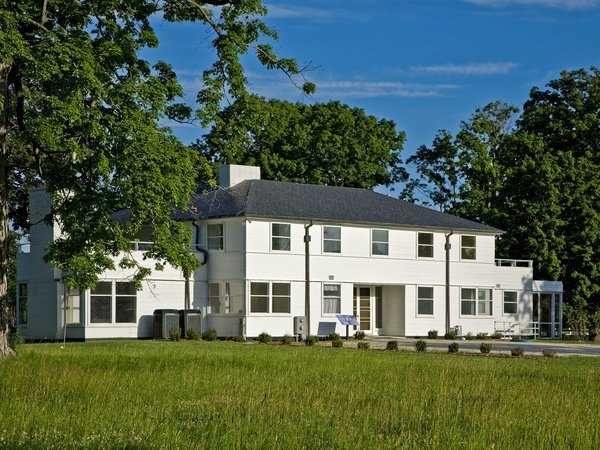
Governor and U.N. Ambassador
Adlai Stevenson II Historic Home
Adlai E. Stevenson II was the governor of Illinois, the Democratic nominee for president in 1952 and 1956, and served as the U.S. ambassador to the United Nations in the Kennedy Administration.
-

Sullivan and Wright
Charnley-Persky House Museum
This former residence on Chicago’s Gold Coast is one of only a few extant buildings that display the combined prodigious talents of architects Louis H. Sullivan and Frank Lloyd Wright.~
-
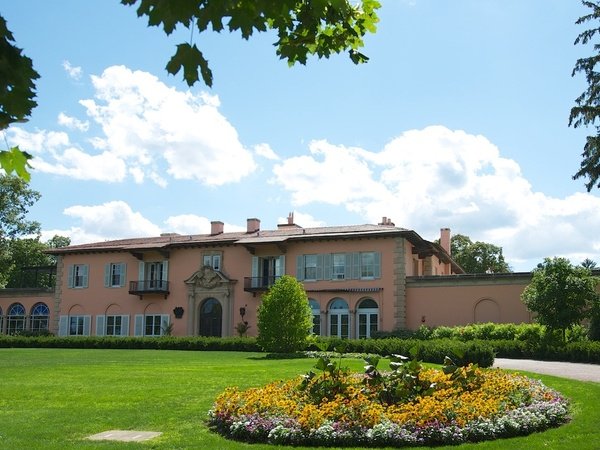
Businessmen of Words and Light
Cuneo Mansion and Gardens
Built between 1914 and 1916 for Samuel Insull, founder of Commonwealth Edison, the mansion was purchased in 1937 by printing magnate John Cuneo, Sr. Cuneo’s business, the Cuneo Press, printed materials for the Roman Catholic Church, Sears Roebuck and Company, and publisher William Randolph Hearst.
-
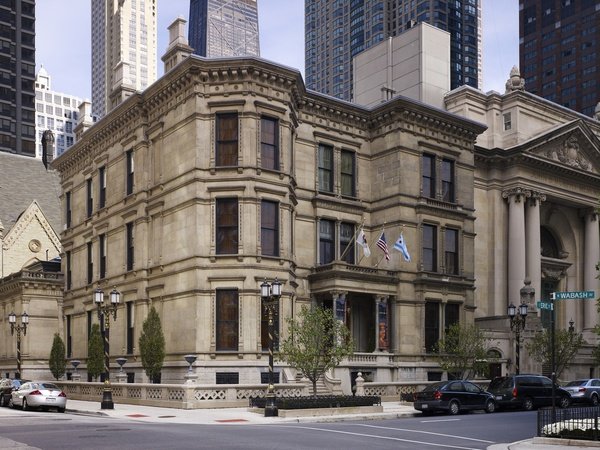
William August Fiedler (Designer)
The Driehaus Museum
W. A. Fiedler was responsible for the interior designs of the Nickerson Mansion's carved woodwork, cabinets, and marble. Fiedler also contributed to the decoration of the Germania Club, the Hegeler-Carus Mansion, and other notable Chicagoland buildings.
-
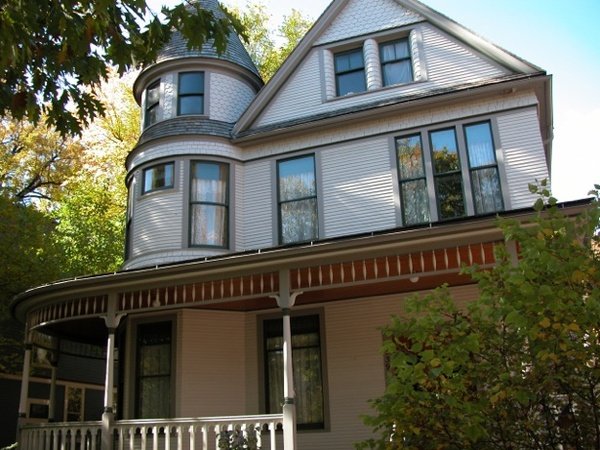
Ernest Hemingway
The Ernest Hemingway Birthplace
Considered one of the greatest American writers of the 20th century, Nobel and Pulitzer Prize winner Ernest Hemingway set down a style of prose which epitomized American modernism in its fearless depiction of the world “as it was.”
-
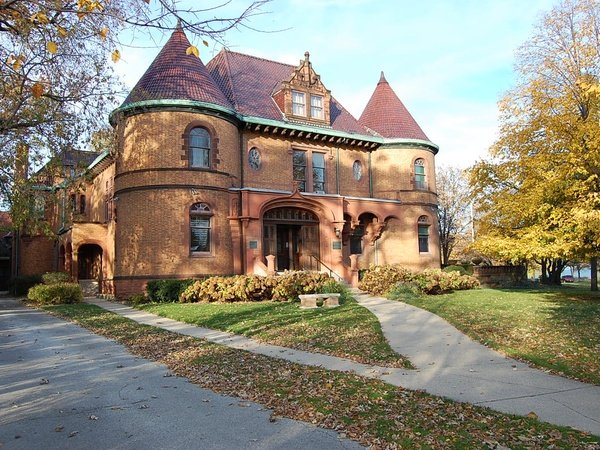
Vice President
Evanston History Center at the Charles Gates Dawes House
Charles Gates Dawes was vice president under former president Calvin Coolidge from 1925 to 1929. A prominent figure in history with global reach, he was also a Nobel laureate, brigadier general in World War I, ambassador to England, comptroller of the currency, and the first federal budget director.
-
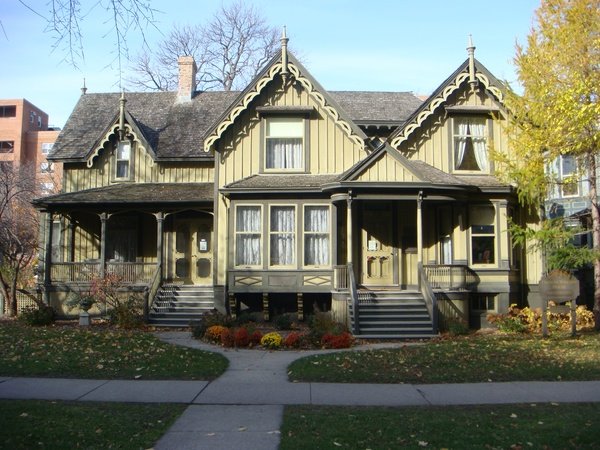
Famous Frances
Frances Willard House Museum
By 1890, Frances Willard was the second most recognized and influential woman in the world after Queen Victoria. A well-known author and public speaker, she also communicated regularly with other famous women of the time, such as Susan B. Anthony.
-
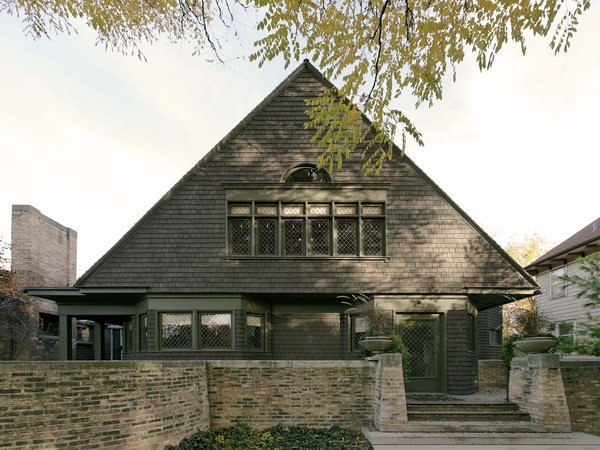
Frank Lloyd Wright
Frank Lloyd Wright Home and Studio
Prolific and visionary, Frank Lloyd Wright was one of the most influential architects of the modern age. Wright spent the first 20 years of his career working in Chicago and its suburbs. His experiences in the city would have a profound influence on his architecture, shaping the principles and philosophies that informed his entire career.
-
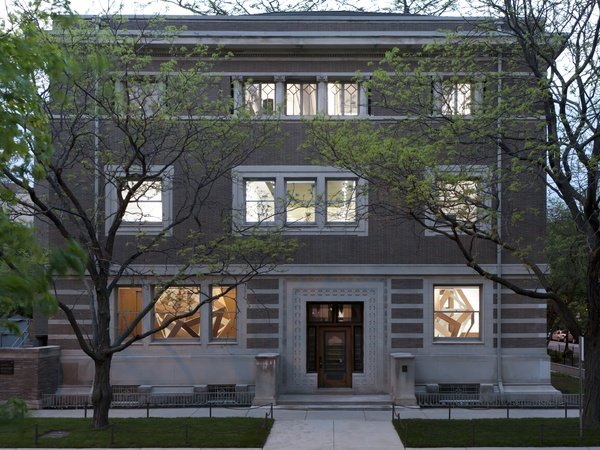
Great Names in Architecture
Graham Foundation for Advanced Studies in the Fine Arts
Created from a bequest from architect Ernest R. Graham of the prestigious firm Graham, Anderson, Probst & White, the Graham Foundation has funded groundbreaking projects in architecture and design for over 55 years. Notable recipients include Rem Koolhaus, Buckminster Fuller, Ada Louis Huxtable, MoMA, IIT, and the Center for Advanced Visual Studies at MIT.
-

Immortals of Medicine
International Museum of Surgical Science
The International Museum of Surgical Science celebrates pioneering figures in medical history through artwork—including towering statues in the Hall of Immortals, busts, and portraits—as well as narratives of their discoveries. Visitors can also learn about individuals associated with the historic home, such as architect Howard Van Doren Shaw and heiress Eleanor Robinson Countiss.
-

The Most Dangerous Woman in America
Jane Addams Hull-House Museum
Jane Addams became the first American woman to win the Nobel Peace Prize in 1931, but she was at one point known to as “the most dangerous woman in America.” Her unwavering dedication to pacifism, women’s equality, free speech, and the empowerment of marginalized communities made her a controversial figure at times.
-
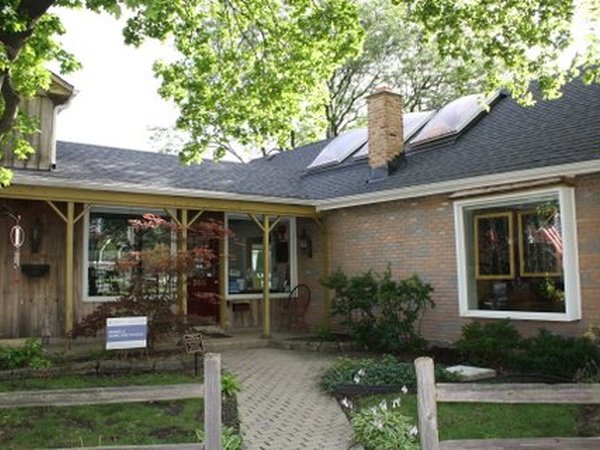
Lincoln Bust
Kalo Foundation/Iannelli Studio
Shown at art institute and developed as a model for the Lincoln Hwy. Its mold will be cast in Paris in bronze and displayed in Paris.
-
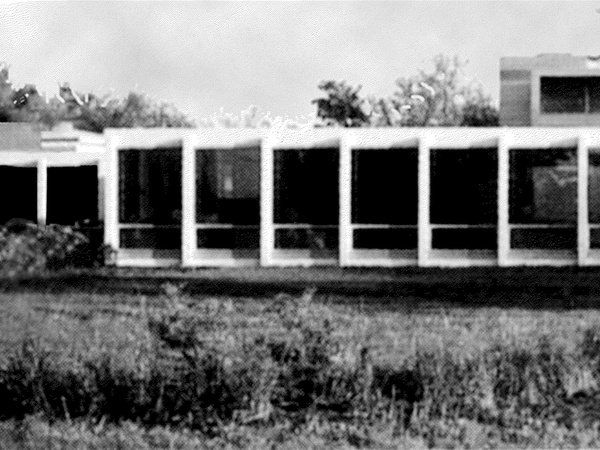
”Less is More”
McCormick House at Elmhurst Art Museum
Although the impact of Mies van der Rohe’s architecture is evident throughout the Western world, Chicago is home to the majority of his mature works, including Crown Hall, 860-880 Lake Shore Drive, the Federal Center, and the Farnsworth House. The McCormick House is an important part of the story.
-

Success Stories
National Public Housing Museum
Famous entertainers like Barbara Streisand, Jay-Z, and Mary J. Blige all at one point in their lives called public housing home. So did sports stars like Tony Allen, public officials like former President Jimmy Carter, and corporate leaders such as Starbucks founder Howard Schultz.
-
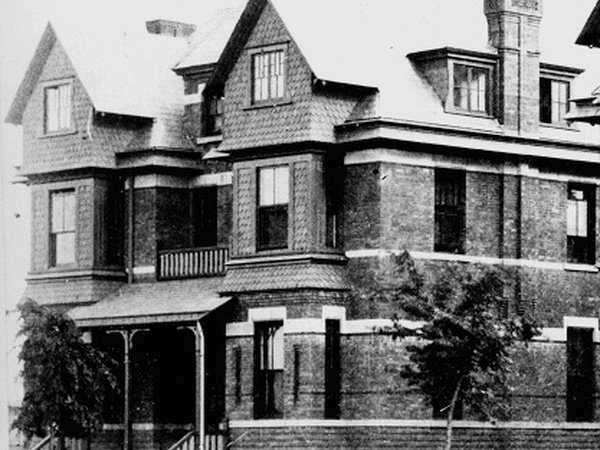
George M. Pullman
Pullman House Project
George M. Pullman, the industrialist who invented the Pullman sleeping car, was a great innovator. The Town of Pullman, which was operated by his Pullman Palace Car Company and included churches, shops, parks, and theaters in addition to comfortable housing for his factory workers, was a stage for showcasing his work to the world.
-
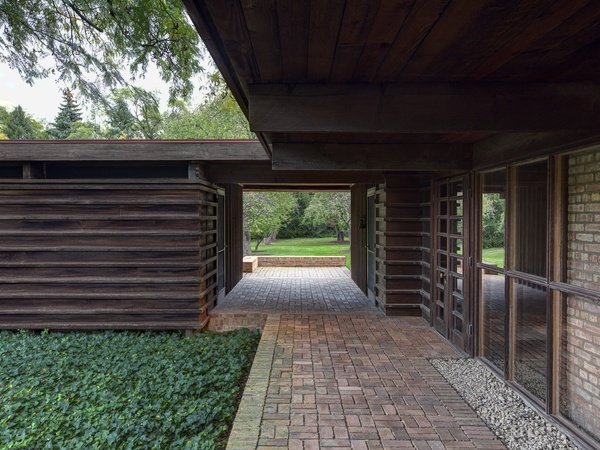
Schweikher and Langsdorf
Schweikher House
The avant-garde architect Paul Schweikher designed this Modernist residence as his private home and studio in 1937. It was purchased in 1953 by renowned artist Martyl Langsdorf and her husband, Manhattan Project nuclear physicist Alexander Langsdorf.

